The term selfie is defined as a photograph that is taken of oneself, typically one taken with a smartphone or webcam and shared via social media. All over the world, the word ‘selfie’ does not just stand for an image. It is embedded in the mind that this single image acts as an expression of thought and identity. The emphasis on media in today’s society has added additional pressures to this generation based off of the need for approval.

Rebecca Kauten, who holds a doctorate in psychology, said narcissism plays a key role in selfie proliferation. ”From the narcissism lens, I would suggest that people take (and post) “selfies” to garner positive feedback that bolsters their ego.”
What used to be a fun photo technique has transformed individuals to constantly seek approval and strip them from their personal identity. “99 percent of the time, people do not post the unflattering outtakes and only share those that will lead to positive feedback and admiration from peers,” Kauten said.
Social media provides multiple outlets for individuals to post, share, discuss, comment and even “like” their followers respective posts. An informal study that the author, Paige Meyer conducted consisting of 105 individuals between the ages of 18 and 51 said that Instagram, Snapchat and Twitter are the main platforms they use.
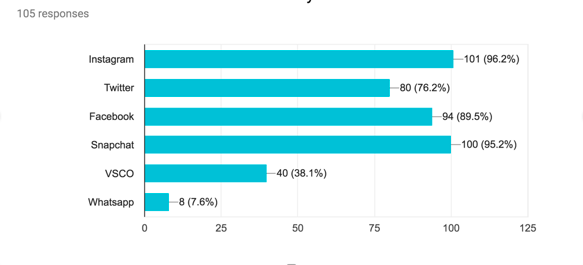
Some individuals have no shame in their selfie game.
“If we are being honest, I will get out of bed, put a full face of makeup on and one of my nicest tops paired with pajama pants on a Sunday if I think the lighting is good enough and can get a good selfie to spice up my instagram,” said Rose Piscitelli, a Quinnipiac University senior from East Haven, Conn.
Social media has endless boundaries and is coupled with the power to make or break an individual’s day depending on the pressure they imply on themselves for feedback. What happens is simple: One takes selfie, edits selfie, posts selfie, waits, and repeatedly checks phone for feedback.
Allan Metcalf, author of a book on selfies, said the shot serves as the connective tissue of social life.
“The selfie is so prominently known in this generation because everybody uses it and it enables them to be both introverted and extroverted at the same time, as if by magic. It connects them with the world,” said Metcalf, author of “From Skedaddle to Selfie: Words of the Generations,” a book that documents teen behavior.
Mackenzie Campbell
“I take selfies because they help me to capture my confident moments,” said Mackenzie Campbell when taking the conducted survey.
This constant routine is produced by dopamine. As seen in a recent study posted by the American Marketing Association, whenever one gets a like on social media, dopamine is released within the brain giving a natural “high” which the body craves constantly over time. This conditioned stimulus can be compared to the feeling of a hug, dinner date or even completing a killer workout, thus causing an endless cycle of questioning one’s self, being overly concerned with external opinions and ultimately leading to mental health issues.
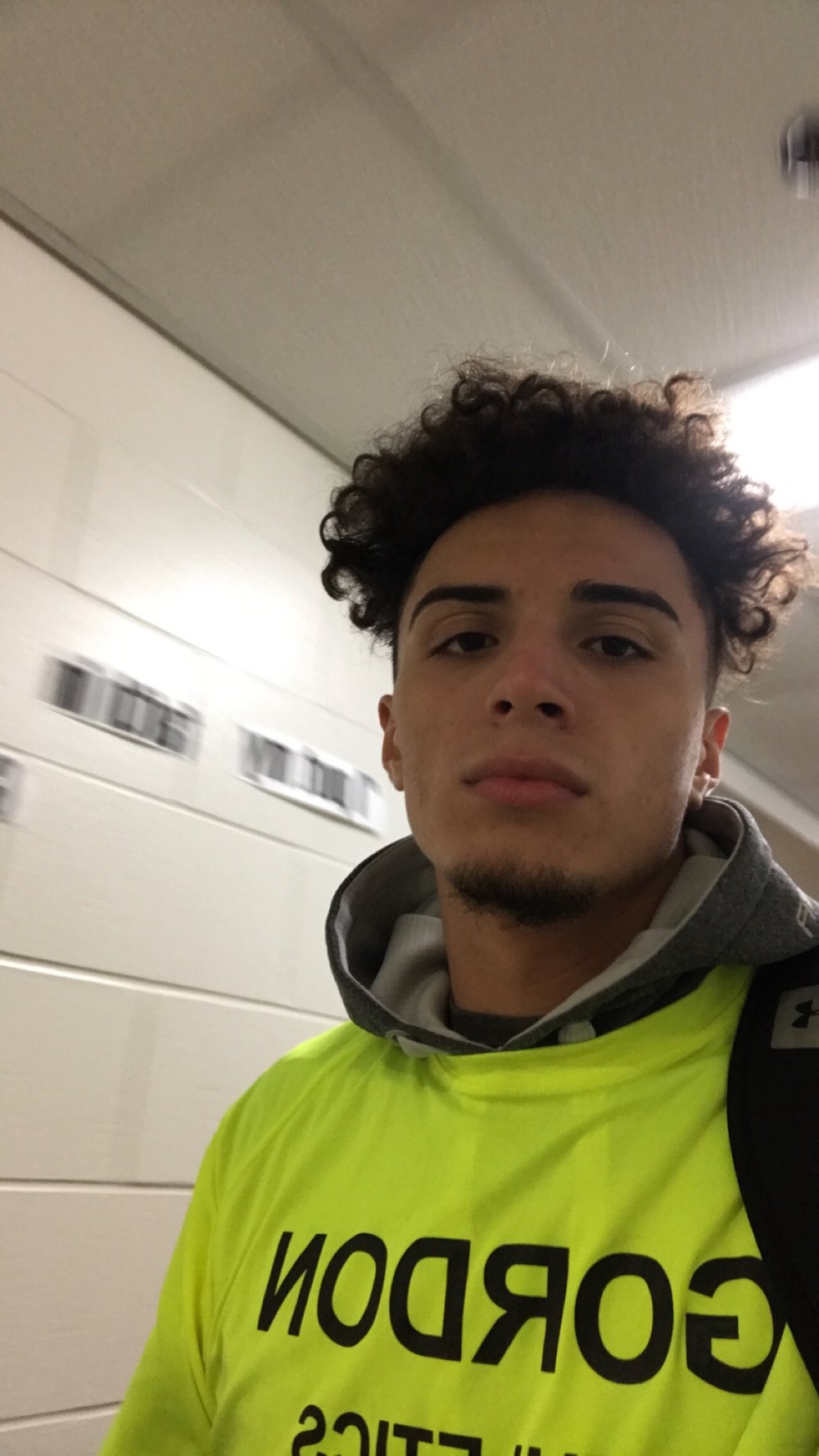
Marcus Retegues
“I take selfies to show people where I am and what I am up to. I also share them when I think I look fine. My friends call me the selfie king,” said Marcus Retegues.
Metcalf added, “A selfie fulfilled a need that could not have been previously satisfied except maybe by taking lots of time with photographs.”
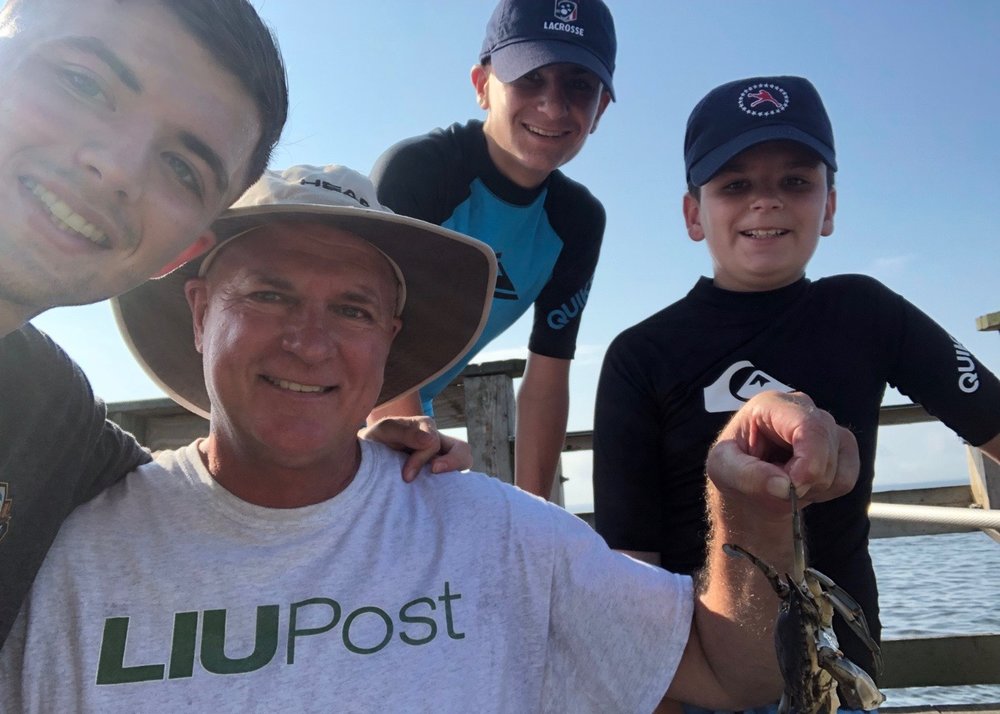
Luke Meyer
“I think taking selfies is great because I can remember some of my favorite moments and memories in life. Selfies also make it easier to help people catch up with one another. I take a selfie and send it off so easily,” said Luke Meyer.
The timely fashion in which selfies can be taken make it quick and easy to capture moments in time. On average, 93 million selfies are posted per day and 10 selfies are posted to instagram every 10 seconds. That is over 2,583,333 rolls of film that would be used daily for the purpose of a self taken photo.
In the recent study conducted, out of 105 participants, 39.4 percent of people said the take 1-5 selfies a day, thus including the use of the Snapchat app. 14.4 percent of people said they take 30 or more selfies on the daily.
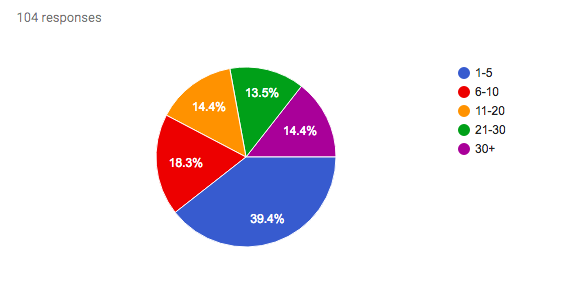
Let me take a #SELFIE taken to another level.
There is no limit to the type of selfies that have been posted. There are group shots, solo shots, kissy faces, smiling poses – and the list goes on.
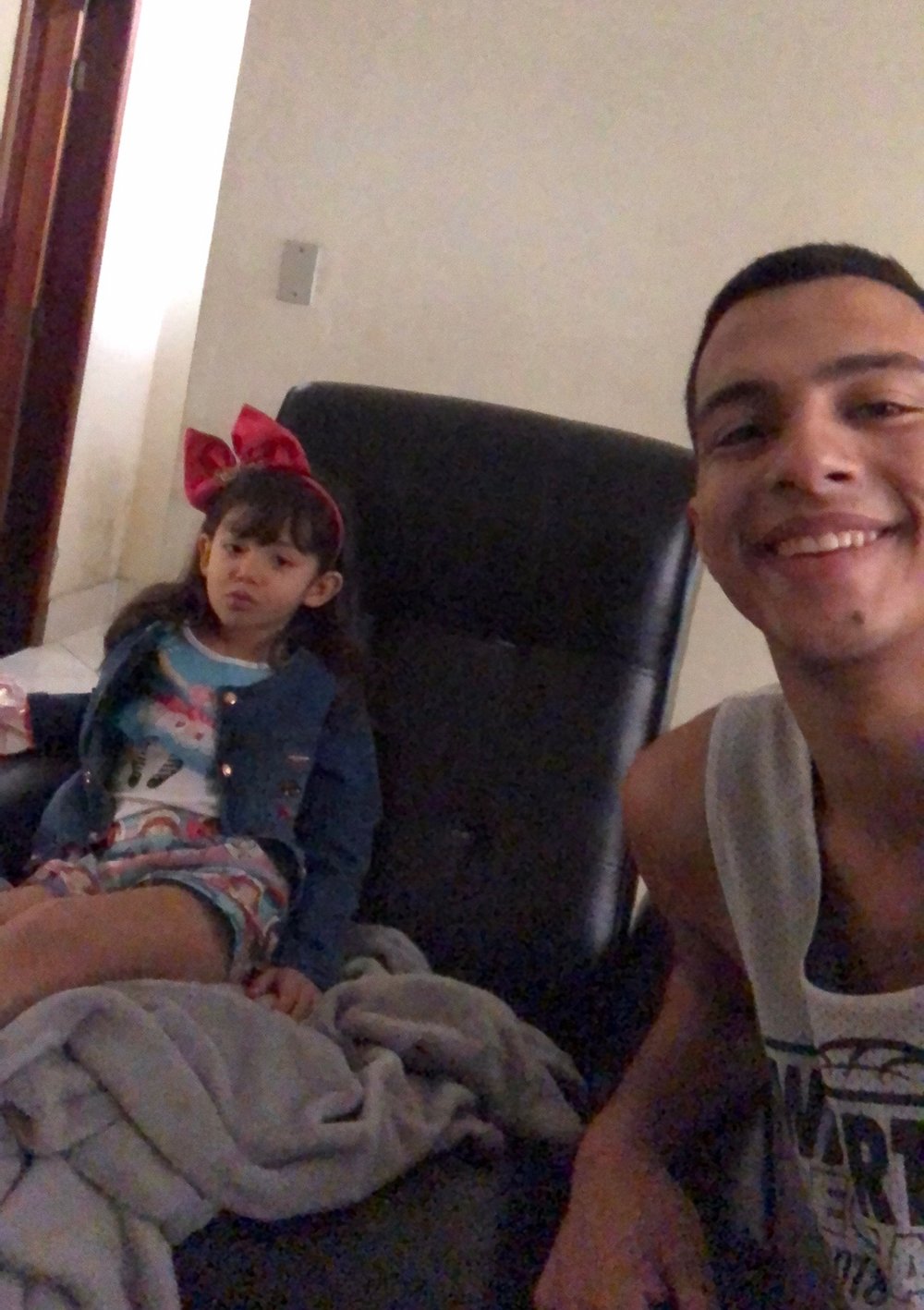
Josh Ribeiro
“I am not a huge selfie guy, I take them sometimes with friends and family. I think people over estimate the impact a selfie can cause on someone. People go through crazy lengths to get a good pic,” said Josh Ribeiro.
Jealousy, depression, anxiety, comparison bias, low self-esteem and what’s known as Fear of Missing Out, or FOMO, are all side effects of posting selfies to social media. The selfie acts as a positive way to share moments and capture memories but can ultimately be hurting the individual as a whole.
“If Person A views Person B’s selfie, they may negatively compare themselves to this person,” Kauten said.
“There’s a quote I love: ‘with social media, you tend to compare your “behind the scenes” to the other person’s “highlight reel.’” This type of misperception can lead to all kinds of distorted thoughts based on a strong focus on physical appearance, likes/feedback from others, and social media presence,” said Kauten when asked about the biggest problem with the “selfie.”
Meanings differ among photographs that appear to be similar in composition and intent. Alicia Eler, the author of the book “The Selfie Generation,” believes that the self expressing photo technique can lead to scandalous actions or even danger.
If not monitored and taken responsibly, some individuals are even voluntarily sexualizing themselves for an internet public or in many cases attention.
“We are all sexual beings. The selfie is one mode of self expression, and it may be sexual, ” Eler said.
Selfies can easily erode privacy because in that world, secrecy isn’t part of the calculation.
“Even if you do not add location to your picture, it is geotagged with a location by your phone, who you are with, and what you are doing. Then these posts become searchable within social networks and Google which makes your life more visible and public online,” Eler added.
The locator aspect when posting photos adds to the danger component while posting online. The selfie gives people the option to post images of themselves to social media, which in many cases include the marked location leaving nothing a true secret .
All of that has led to a new vocabulary of destruction. One word that has emerged from the selfie generation is the term Selficide. That refers to a person who is killed while taking a selfie in a dangerous manner.
The addiction of the selfie can cause distraction and harm towards the photographer as well as society. The selfie itself can compel people to take risks they wouldn’t ordinarily consider, bringing out one’s riskiest behavior.
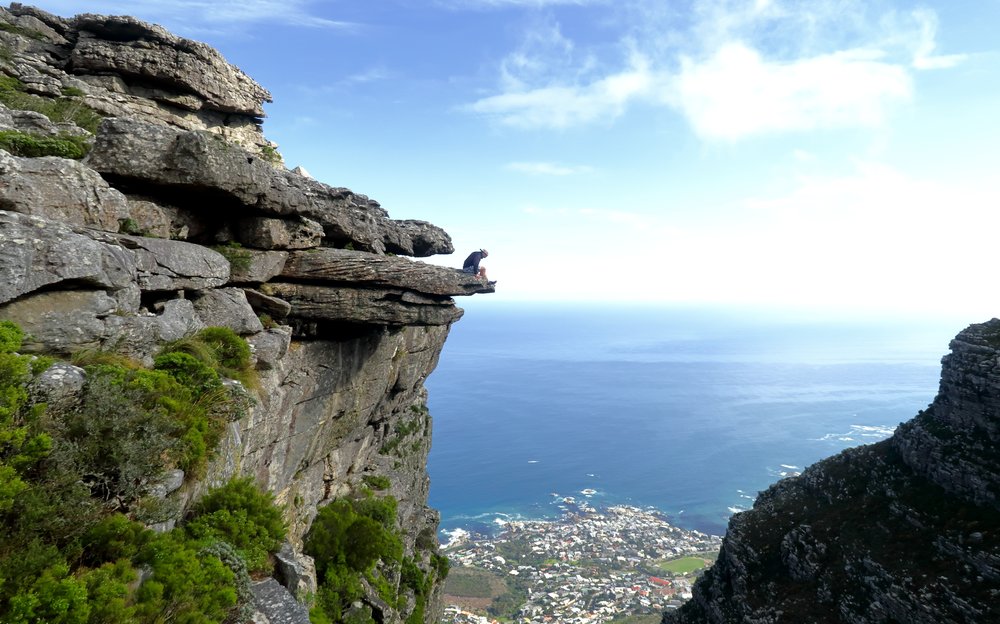
The next best thing
“Everyone’s chasing the next best thing – the coolest selfie and going to extremes to get the most “likes.” As in the “In My Feelings” challenge, people try to keep up and up the ante, just so that they can get recognition and praise”, said Rebecca Kauten.
According to a study conducted by Agam Bansal, Chandan Garg, Abhijith Pakhare, and Samiksha Gupta and published in the Journal of Family Medicine and Primary Care, more than 250 people around the world have died taking selfies since 2011. Although snapping the perfect selfie can be an award-winning feeling, can be fatal. The study showed that there were more deaths caused by selfies for men than women. Although women generally take more selfies than men, researchers found that men were more likely to take risks — like standing at the edge of a cliff — to capture any dramatic shot.
The United States leads in death by selfies with a firearm. These tend to occur when individual pose with guns and accidentally trigger them. The results of this study lead to the idea of implementing “No selfie zones” across tourist areas such as bodies of water, mountain peaks and over tall buildings to decrease the incidence of selfie-related deaths. Yes, you heard it right. We are living in a generation where “no selfie zones” have to be implemented.
Selfies are affecting people both positively and negatively in cities across the world. Coming in at the number one hottest spot to take selfies is Makati and Pasig City in the Philippines with 258 selfie takers per every 100,000 with a population of 1,127,684. As for number two, another one of the “selfiest” cities is Manhattan with 202 selfie takers per 100,000 with a population of 1,487,536.
The first known selfie took place in 1839 when an American, Robert Cornelius, produced a photo of himself. Of course, this selfie being a little different than the type of selfie we see scrolling through our feeds today.
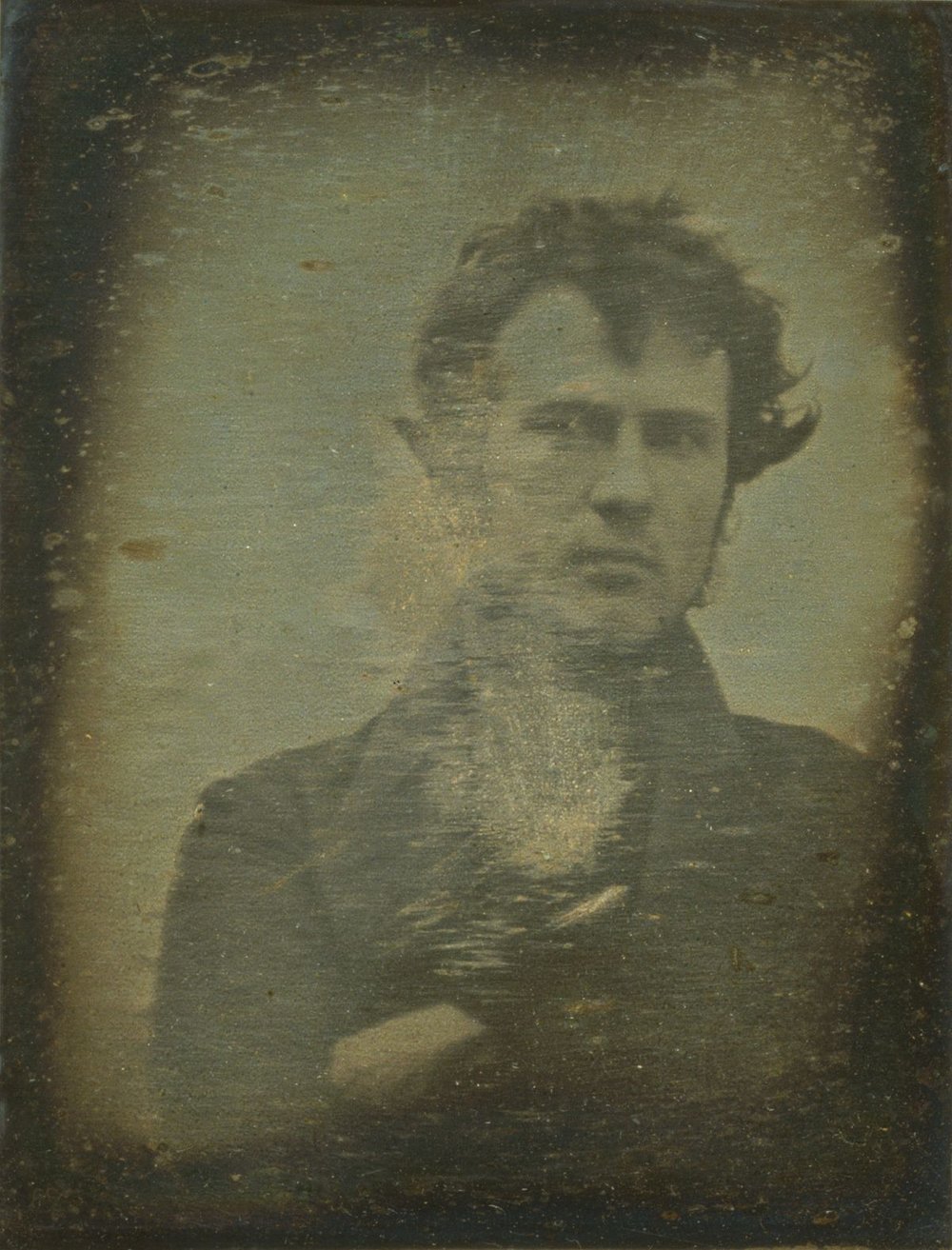
Robert Cornelius
An American pioneer in photography who produced a photo of himself, which was recorded as the first self- photograph of a person.
Over the years, the advancement in technology has readily changed the value of a photo. Today, everyone can be a photographer. At the palm of one’s hand, they have a high-megapixel camera lens that allows for front and back facing photos to be taken.
“I interned with the North Shore Navigators this summer and was able to produce, edit and broadcast all of the baseball games with the players. I used my iPhone camera, with a cheap plug-in hand-held microphone and the footage turned out just as clear as any camera could have done,” said Emma Carman, a Quinnipiac University junior from New Hampshire.
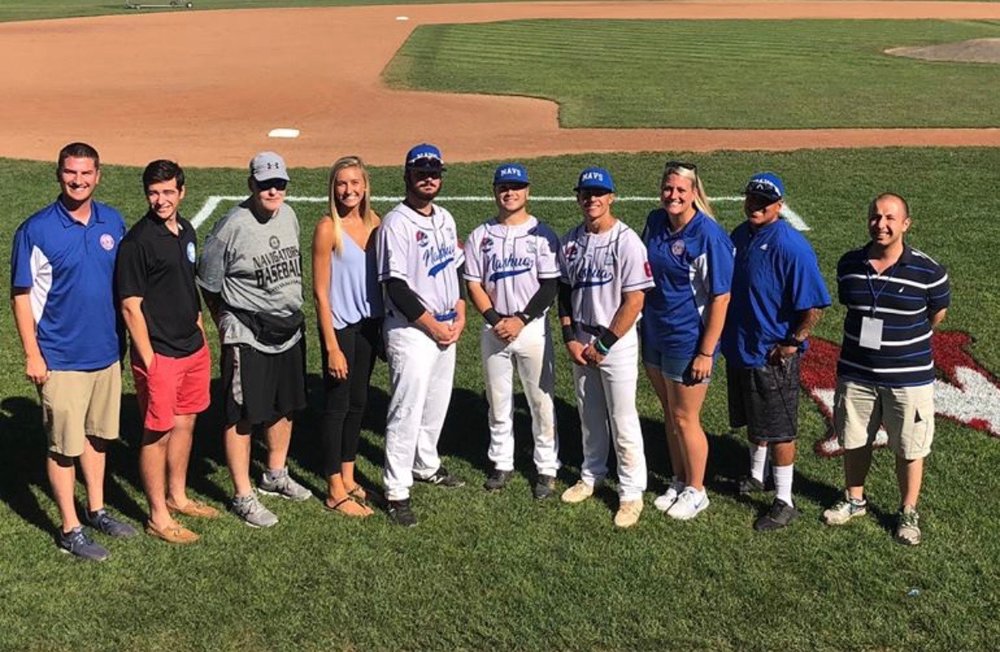
As for the future of the selfie, Kauten thinks the trend may stick around. “ If you think about it, we’ve been taking selfies forever – even back when they had to be painted or people sat for portraits. Society will find some other way to measure worth, but the selfie will probably be around forever in some way or another.”
